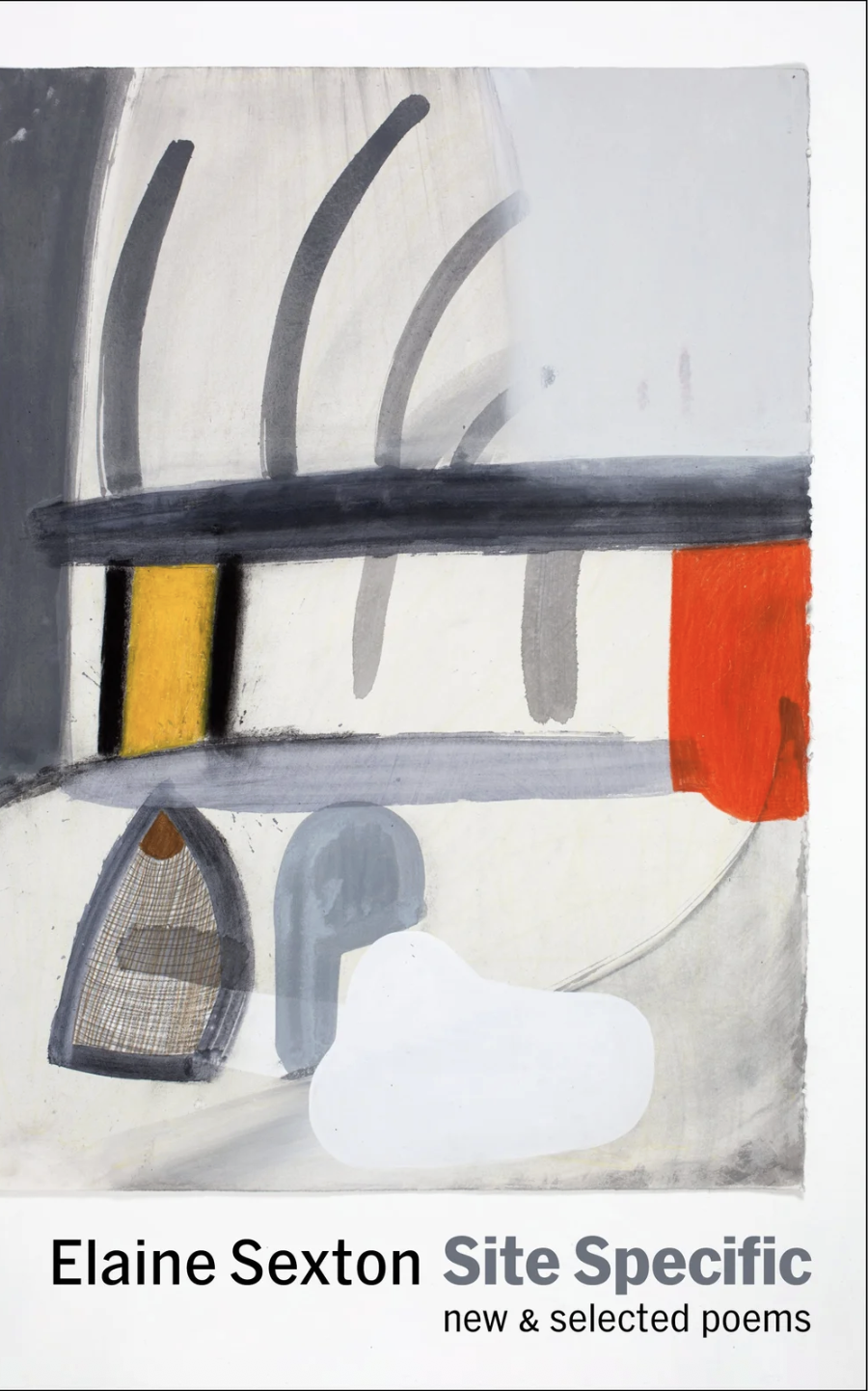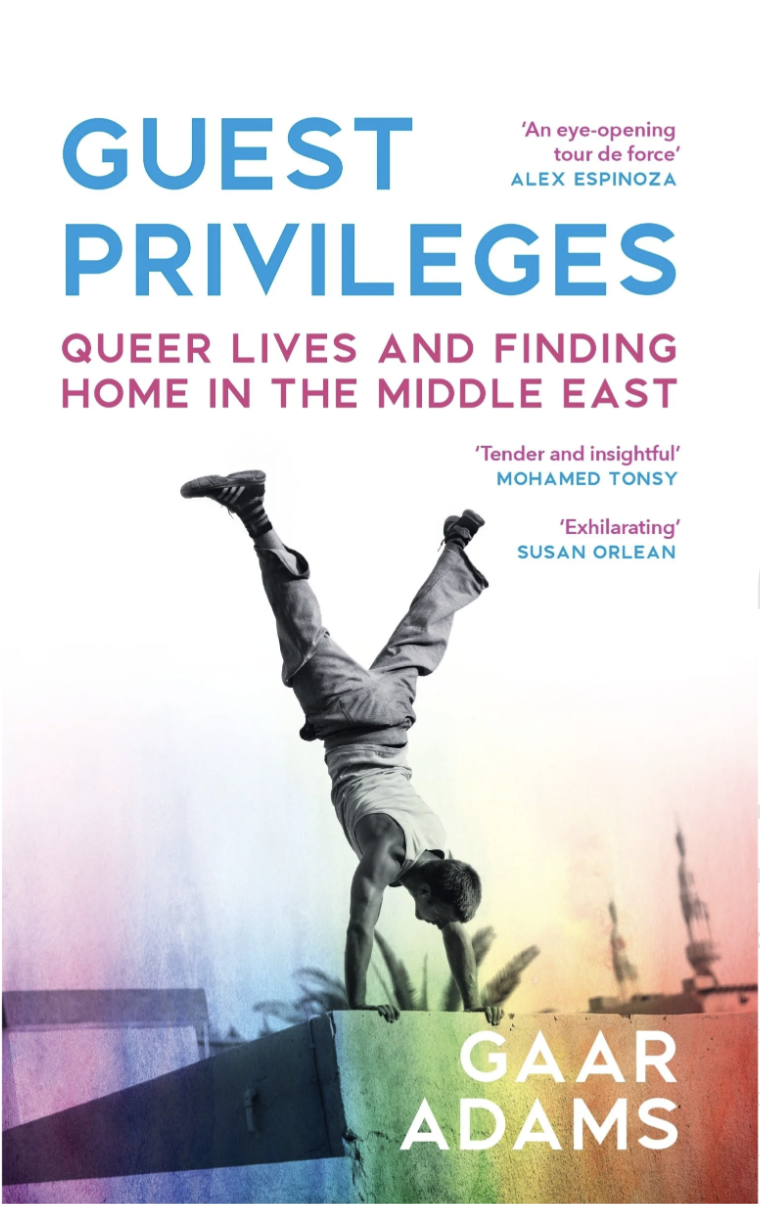 As a poet, [Joanne] Diaz trusts her readers to understand; she conveys the electric, what we feel and are jolted by, but cannot ever fully grasp in words or phrases.
As a poet, [Joanne] Diaz trusts her readers to understand; she conveys the electric, what we feel and are jolted by, but cannot ever fully grasp in words or phrases.
Yes, the dead birds on the cover arrest me (I am tempted to analyze them under a Kristevan lens; they scream: abject!). Reading this piercing collection of poetry, The Lessons by Joanne Diaz, I find that the images constructed capture, take hold of my imagination. That is, Diaz’s poetry reflects the cover, analogously: images captivate. This is not to diminish Diaz’s eloquence as a poet; rather, in The Lessons, Diaz mesmerizes by constructing scenes and verbal pictures. Diaz—who is the recipient of a fellowships from the Illinois Arts Council, the National Endowment for the Arts, and the winner of the Gerald Cable Book Award for this debut collection—breathes into her words, so that her poems blossom as vivid, tangible constructions.
In “My Mother’s Tortilla,” Diaz painstakingly presents a mother “slic[ing] each potato thin enough / to see the light pass through its flesh.” She describes “watch[ing]/ her knuckles as she grasps the spatula/pours the beaten eggs over each slice.” Exceptionally sketched, this scene becomes more poignant and profound in the latter lines: here, we come to realize the significance of flesh. Diaz writes “my mother […] refuses help,/ the flesh of her waving like a curtain/ after a long play.” The extension of flesh, from transparent potato to wrinkling, transparent skin demonstrates Diaz’s ability to enlarge simple, seemingly insignificant concept. A scene about slicing potatoes becomes a scene reflecting and mediating upon mortality: “how long until she vanishes, until/ the pinkish-white of each bone’s glow becomes/ Venetian glass, the chipped mosaic/ the dust.”
Further, Diaz attempts to answer this question of mortality, of what and why death is. She writes: “Her spine/ marks the question; she offers me a slice.” While a superficial reading of this poem could interpret the “slice” to be of potato, or tortilla, I am inclined to believe that the speaker’s mother is offering her a slice of her spine, of the bone within the flesh that keeps her upright and together, alive. That is, this old woman so meticulously and carefully cooks for her daughter and by doing so offers her daughter a bit of her self. Loss and death intricately link together; but also I realize, giving, sacrifice functions as an intrinsic element of loss. Within the capacity of loss, Diaz seems to be telling us, exists the possibility of sacrifice, redemption.
 In “Winter Storm, 1st Avenue,” Diaz presents a series of images: a “small bird stand[ing] regnant on the sill/ haloed by the darkest light of the year;” a “shopkeeper/ arrang[ing] blue vases and orange flowers;” and “for the first time ever” the “window/across the way frames a woman” with “smooth, pale legs.” Diaz offers no commentary on these series of staccato images; there is no insight-to-go, no fast food version of poetry with fries on the side. The lack of this extra layer of interpretation interposed upon the poem imparts an unusually exquisite and clean text. In this era of hipster poetics, there is a tendency to announce the writing activity: look at me, I am writing a poem and this is its brilliant meaning! Diaz shies away from this.
In “Winter Storm, 1st Avenue,” Diaz presents a series of images: a “small bird stand[ing] regnant on the sill/ haloed by the darkest light of the year;” a “shopkeeper/ arrang[ing] blue vases and orange flowers;” and “for the first time ever” the “window/across the way frames a woman” with “smooth, pale legs.” Diaz offers no commentary on these series of staccato images; there is no insight-to-go, no fast food version of poetry with fries on the side. The lack of this extra layer of interpretation interposed upon the poem imparts an unusually exquisite and clean text. In this era of hipster poetics, there is a tendency to announce the writing activity: look at me, I am writing a poem and this is its brilliant meaning! Diaz shies away from this.
Instead, her poetry is riddled with subtlety, quiet grace, and possibility. We are presented with the poem in its purest form, one which New Critics would revel over and probe gleefully, undoubtedly contemplating the irony in color which Diaz distinguishes and its function in unifying these images. As a poet, Diaz trusts her readers to understand; she conveys the electric, what we feel and are jolted by, but cannot ever fully grasp in words or phrases.




One response
Bracha,
Thanks for this good review of a book I love. I hope it gets some more attention aside from your review and mine: http://thelinebreak.wordpress.com/2011/06/18/on-joanne-diazs-the-lessons/
:^)>
Click here to subscribe today and leave your comment.